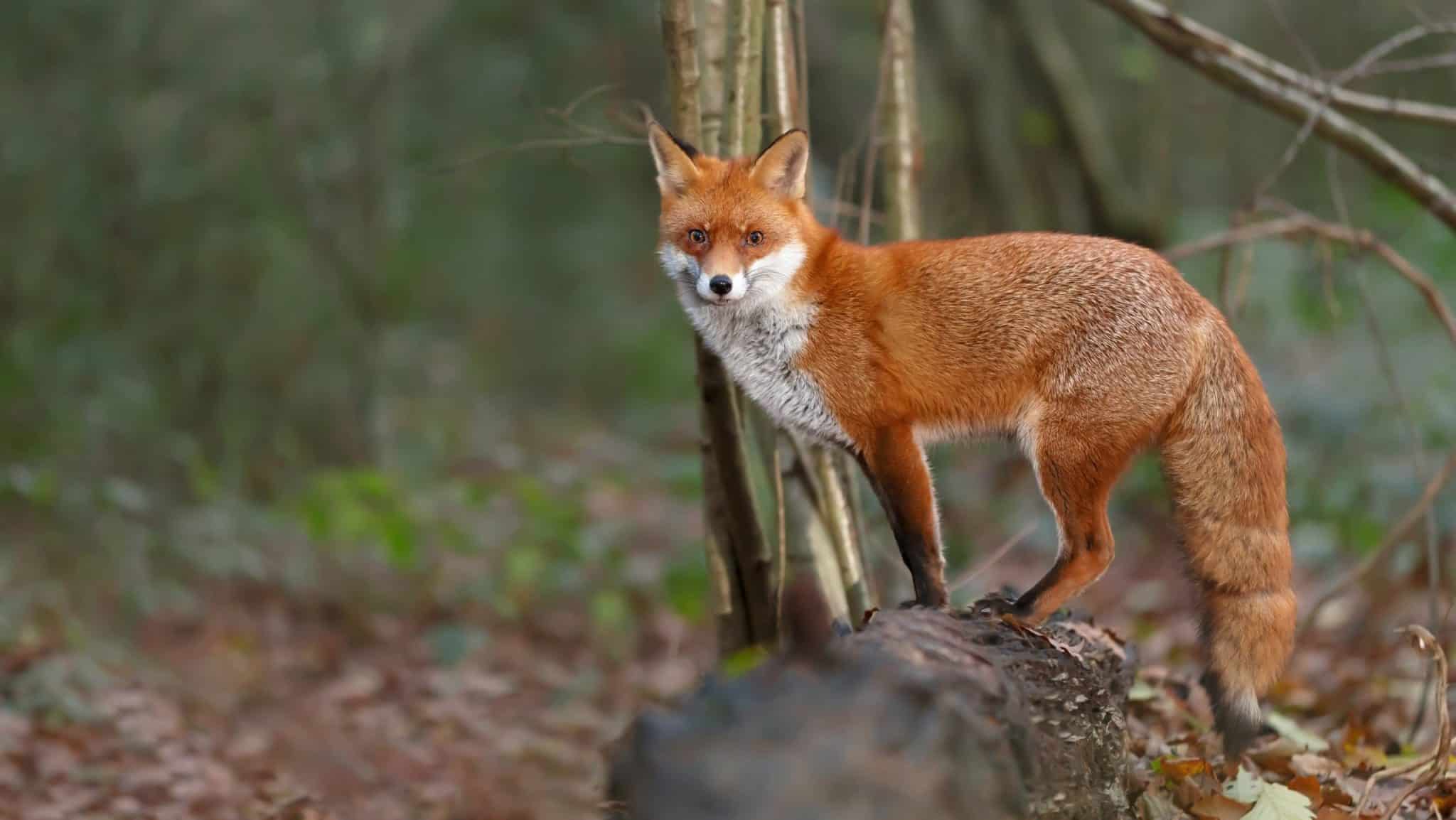News
Human food boosting fox numbers
Would you like to speak to our readers? We offer sponsored articles and advertising to put you in front of our audience. Find out more.
Human food waste is fuelling foxes and putting pressure on threatened bird species in the New Forest, according to a recent study.
The study, between the GWCT and Bournemouth University (BU), found that foxes are consuming large quantities of human food waste, which is likely keeping their numbers artificially high. During the two-year study, scientists analysed the stomach contents of 447 foxes and found that an average of 14% of their diet was made up of anthropogenic – or human – food sources. The proportion of foxes being sustained by human food waste is estimated to be as high as 65%.
The findings suggest that reducing food waste and better refuse management could help manage fox populations and ease predation pressure on threatened wild birds. Nest predation and poor chick survival is primarily responsible for low breeding success in waders in the New Forest, including curlew, lapwing, oystercatchers and ringer plover.
Head of predation management research at the GWCT Mike Short said the research has implications for managing general predators, such as foxes and carrion crows, across the UK. “Lethal control of predators is controversial and costly, but often it is the only viable option of reducing pressure on breeding waders.
“Predator management has contributed to a seven-fold increase in curlew productivity, with at least 17 curlew chicks fledging in 2024. However, given the financial cost and ethical implications of delivering effective predator control, it is imperative that we address the underlying cause of locally high fox densities, including the issue of food waste,” he added.
Related articles
News
Anti-grouse shooting petition crushed by MPs who don't even shoot
Wild Justice's petition to ban driven grouse shooting was quashed in Westminster Hall yesterday, with all but one MP opposing the ban
By Time Well Spent
News
A sound decision as moderators to be taken off licences
The Government has finally confirmed what the shooting community has long argued – that sound moderators should be removed from firearms licensing controls
By Time Well Spent
Manage Consent
To provide the best experiences, we use technologies like cookies to store and/or access device information. Consenting to these technologies will allow us to process data such as browsing behavior or unique IDs on this site. Not consenting or withdrawing consent, may adversely affect certain features and functions.
Functional Always active
The technical storage or access is strictly necessary for the legitimate purpose of enabling the use of a specific service explicitly requested by the subscriber or user, or for the sole purpose of carrying out the transmission of a communication over an electronic communications network.
Preferences
The technical storage or access is necessary for the legitimate purpose of storing preferences that are not requested by the subscriber or user.
Statistics
The technical storage or access that is used exclusively for statistical purposes.
The technical storage or access that is used exclusively for anonymous statistical purposes. Without a subpoena, voluntary compliance on the part of your Internet Service Provider, or additional records from a third party, information stored or retrieved for this purpose alone cannot usually be used to identify you.
Marketing
The technical storage or access is required to create user profiles to send advertising, or to track the user on a website or across several websites for similar marketing purposes.





